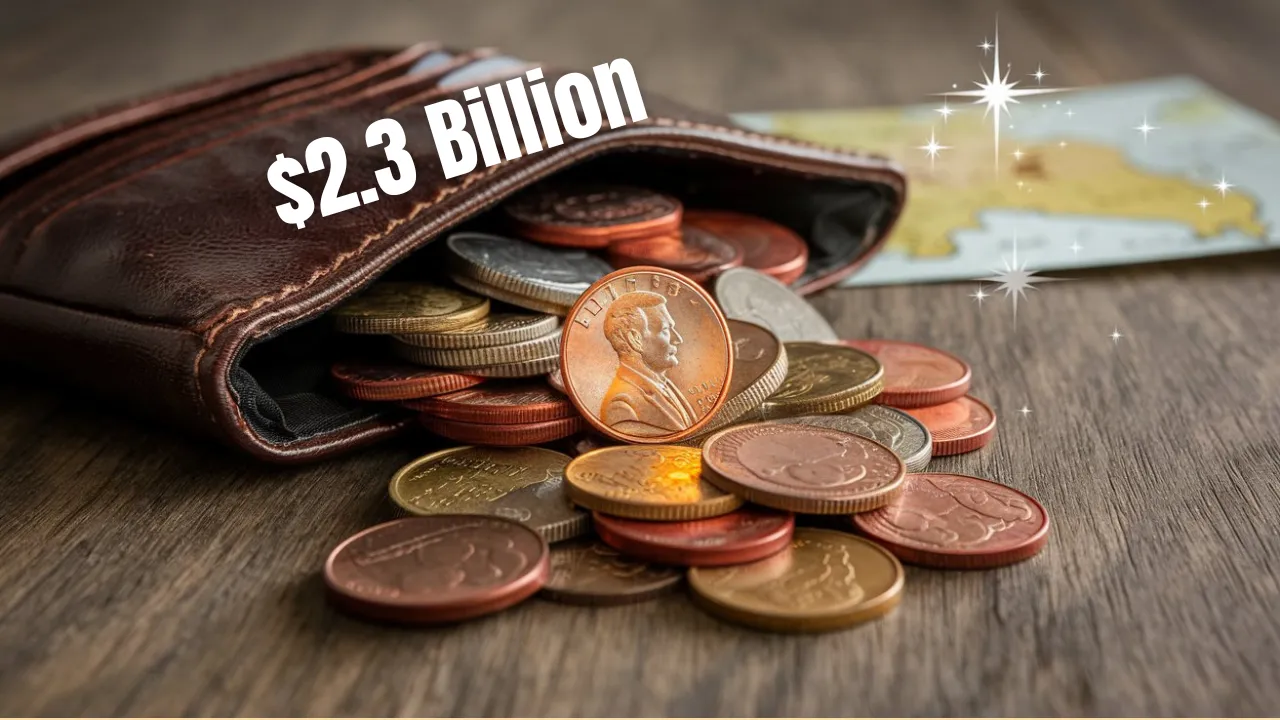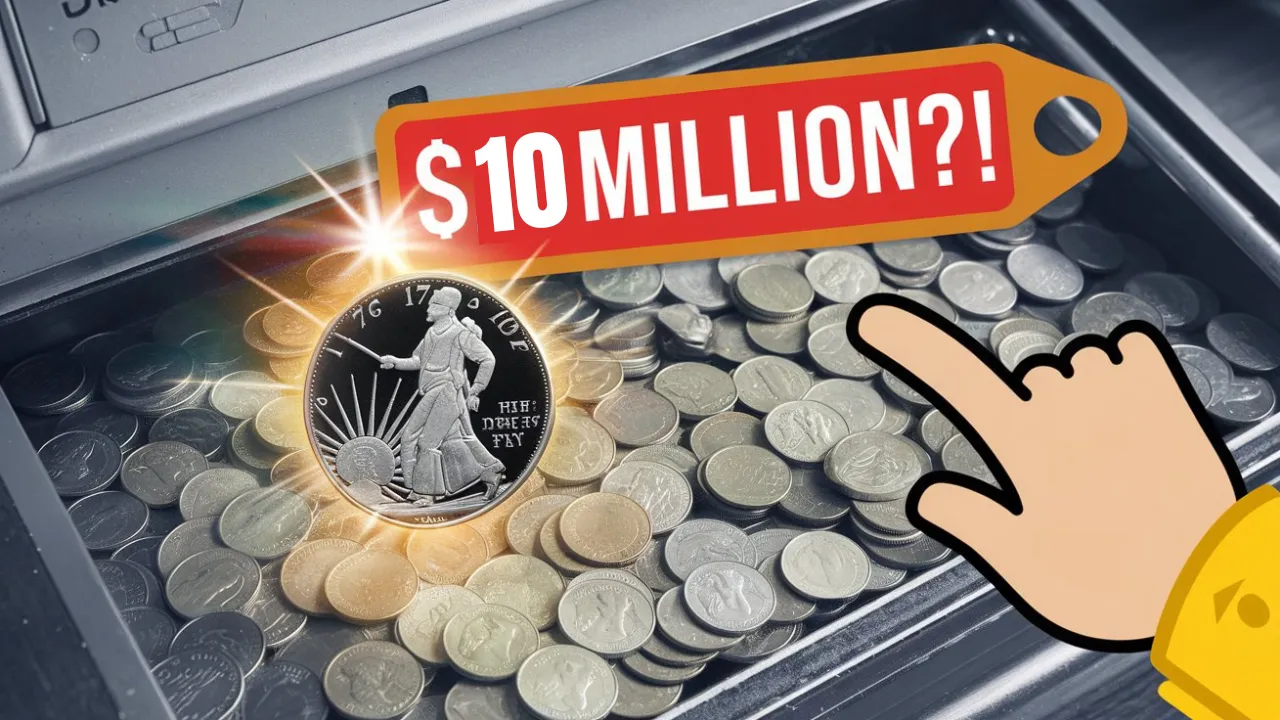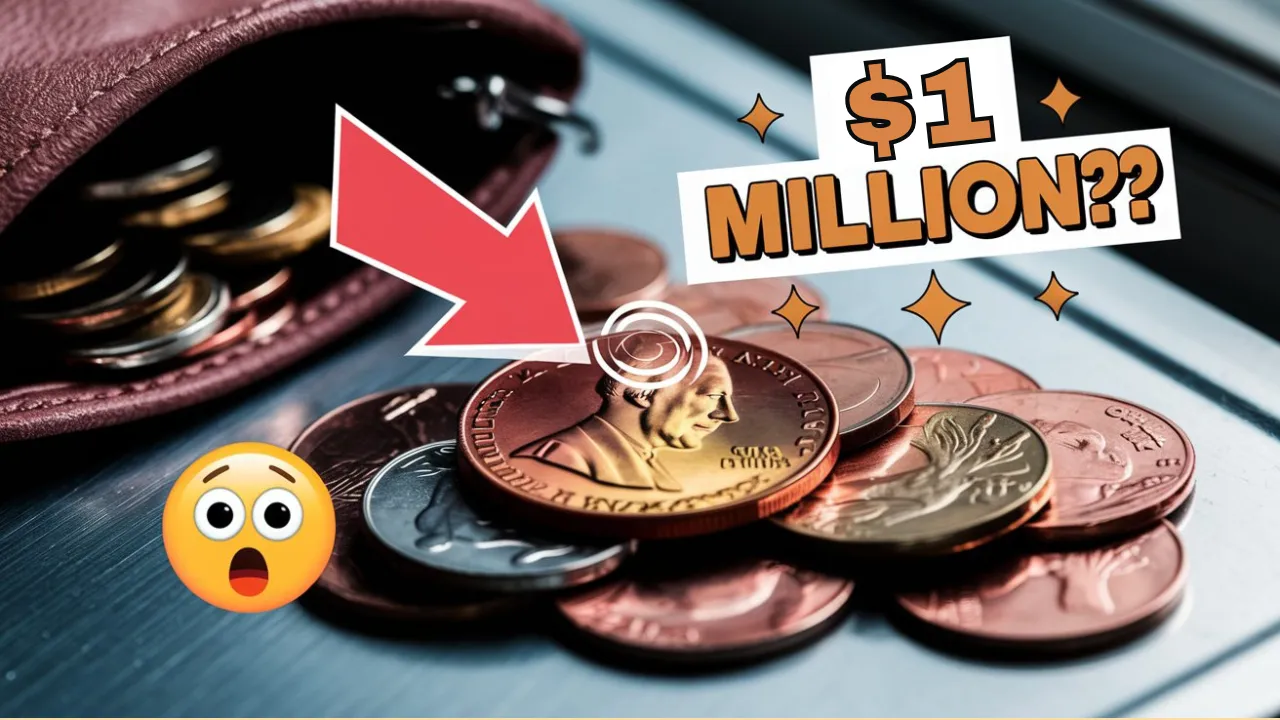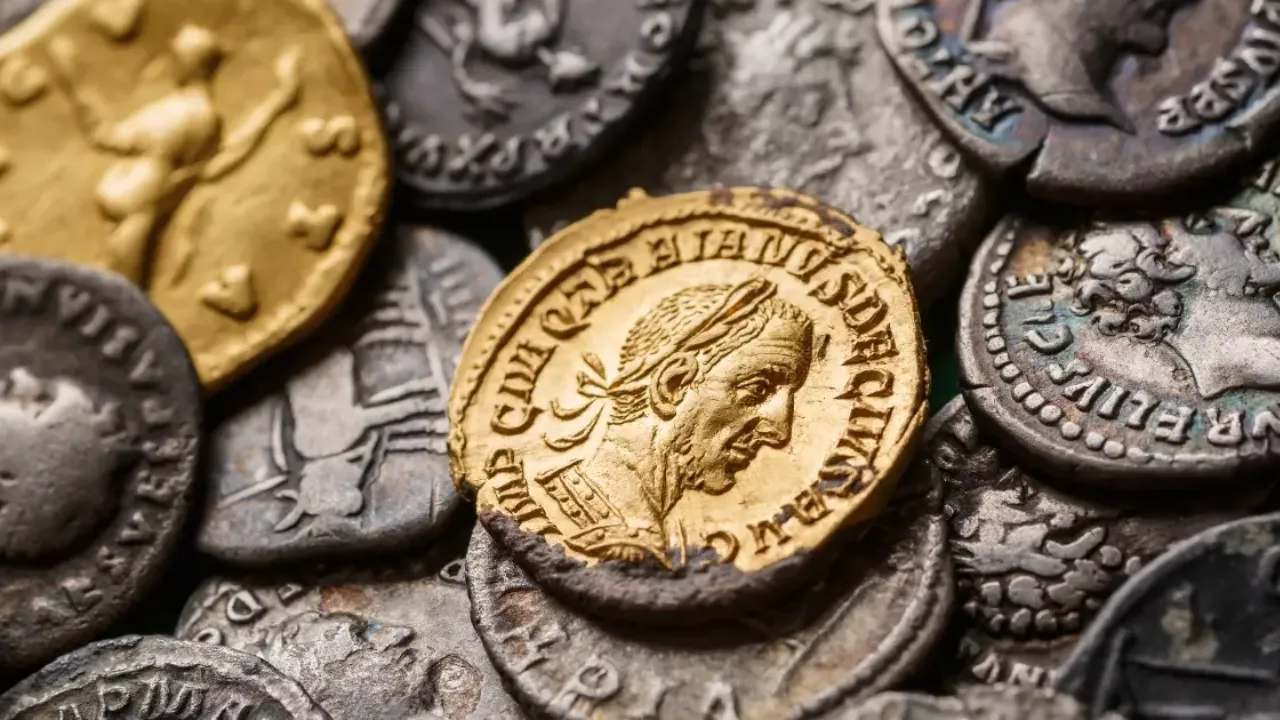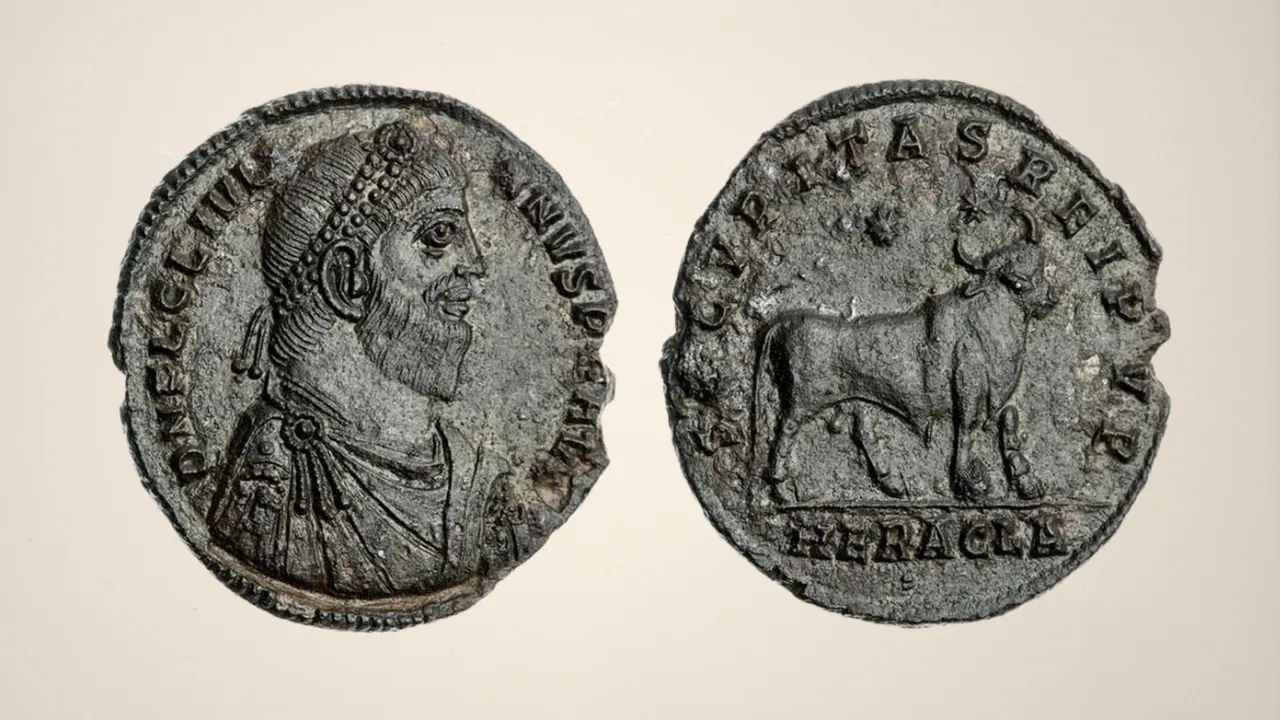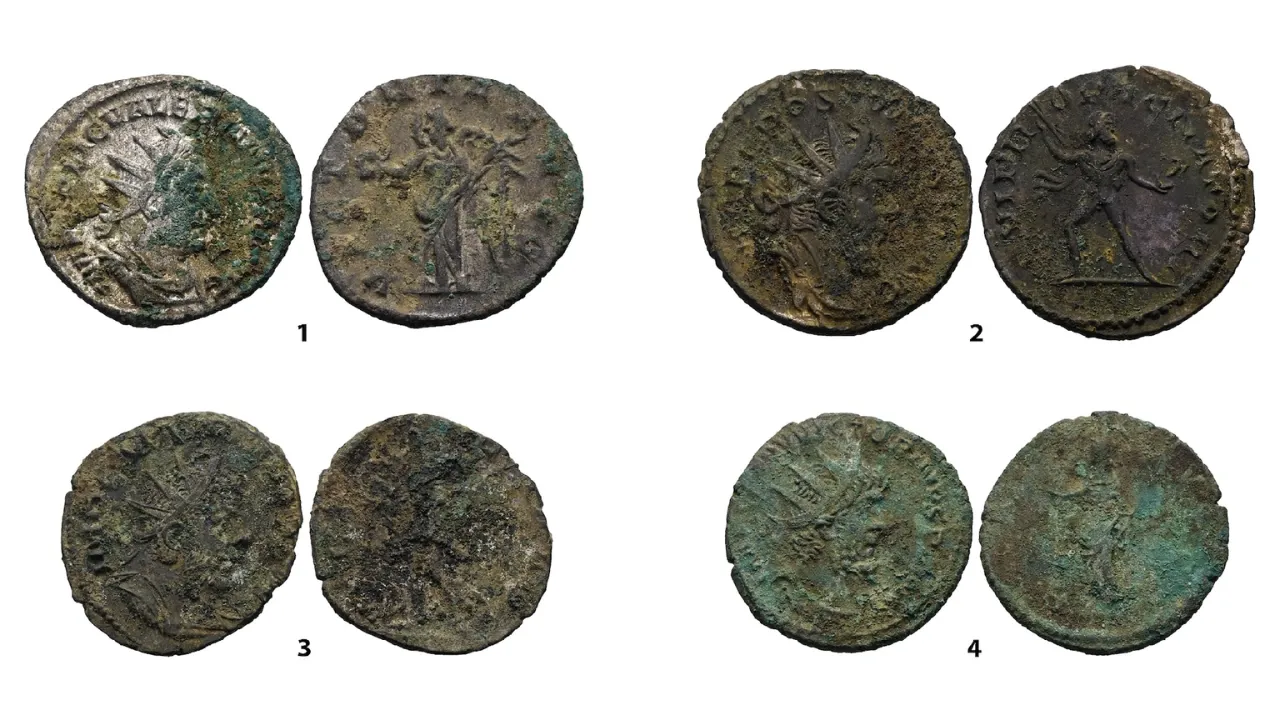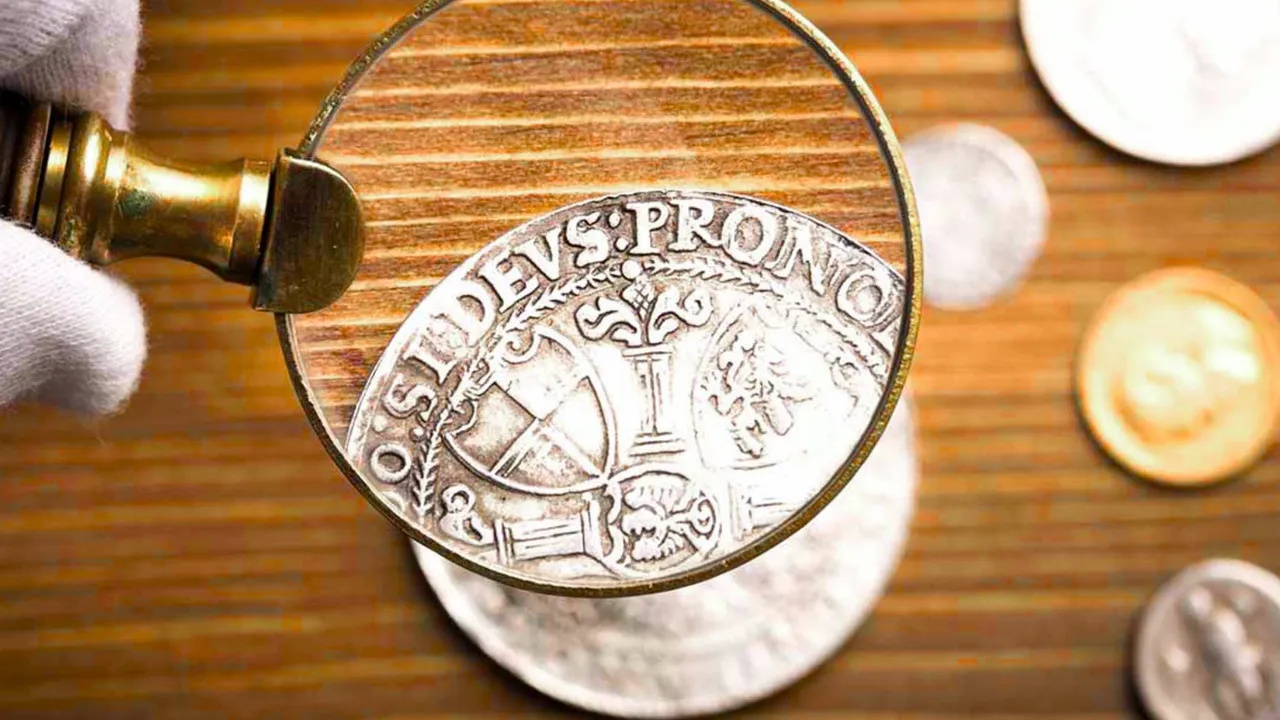The Lincoln Wheat Penny Valued at $2.3 Billion: The Lincoln Wheat Penny has become one of the most talked-about coins in the world of numismatics. Minted between 1909 and 1958, this penny isn’t just a piece of currency—it’s a window into America’s rich history. Stories of a Lincoln Wheat Penny valued at $2.3 billion have sparked curiosity and excitement among collectors and casual enthusiasts alike. But could such a penny truly exist? And if it does, why would it still be in circulation?
In this article, we’ll uncover the fascinating history of the Lincoln Wheat Penny, explore the reasons behind its immense value in certain cases, and address the myth surrounding the rumored $2.3 billion coin. By the end, you’ll have a clear understanding of why these pennies are still occasionally found in everyday circulation and how you might identify a rare one in your possession.
Overview of the Lincoln Wheat Penny
| Feature | Details |
| First Minted | 1909 |
| Designed By | Victor David Brenner |
| Obverse Design | Abraham Lincoln’s Portrait |
| Reverse Design | Two Stalks of Wheat |
| Key Rare Versions | 1909-S VDB, 1943 Copper Penny |
| Primary Value Factors | Rarity, Minting Errors, Condition |
| Maximum Estimated Value | Rumored at $2.3 billion |
The Birth of the Lincoln Wheat Penny
The Lincoln Wheat Penny was introduced in 1909 to commemorate the 100th anniversary of Abraham Lincoln’s birth. Designed by Victor David Brenner, this penny became the first U.S. coin to feature the image of a U.S. President.
Before the Lincoln Wheat Penny, most U.S. coins displayed Lady Liberty or classical symbols of freedom. The decision to feature Abraham Lincoln marked a significant shift in American coin design, reflecting a growing admiration for the 16th President’s role in preserving the nation.
The obverse side of the coin showcases Lincoln’s dignified profile, while the reverse features two wheat stalks framing the words “One Cent” and “United States of America.” This elegant design remained in use until 1958, when it was replaced by the Lincoln Memorial Penny.
What Makes a Lincoln Wheat Penny Valuable?
Not all Lincoln Wheat Pennies are valuable, but some have fetched astonishing prices at auctions. Here’s what determines their worth:
1. Limited Mintage
Certain editions of the Lincoln Wheat Penny were minted in extremely small quantities. For example, the 1909-S VDB penny, struck in San Francisco, had a mintage of only 484,000 coins. Such low numbers make them incredibly rare and desirable to collectors.
2. Minting Errors
Mistakes during the minting process can turn an ordinary coin into a valuable rarity. Common minting errors include double strikes, misaligned dies, and off-center prints. These errors make each coin unique and highly collectible.
3. Coin Condition
Condition plays a vital role in determining a coin’s value. Coins graded as “mint state” (MS), showing no signs of wear and retaining their original shine, are far more valuable than heavily worn pennies.
4. Historical Significance
The Lincoln Wheat Penny was minted during transformative periods in American history, including World War I, the Great Depression, and World War II. Owning such a coin is like holding a small piece of history in your hands.
The $2.3 Billion Lincoln Wheat Penny – Fact or Fiction?
Rumors of a Lincoln Wheat Penny valued at $2.3 billion have been circulating for years, sparking excitement among collectors and casual enthusiasts alike. But is there any truth to this incredible claim?
While certain Lincoln Wheat Pennies have sold for hundreds of thousands, even millions of dollars, no coin has ever reached such a staggering price tag. The $2.3 billion figure likely originates from exaggerated stories or misunderstood auction results.
The 1943 Copper Penny
One of the most famous and valuable Lincoln Wheat Pennies is the 1943 Copper Penny. During World War II, copper was reserved for military use, and pennies were made from steel. However, a few copper blanks accidentally made it into circulation.
- These rare copper pennies have been known to sell for over $1 million at auctions.
- Their rarity and historical significance make them one of the most prized coins in American numismatic history.
While a $2.3 billion penny might be an exaggeration, the value of rare Lincoln Wheat Pennies remains undeniable.
Why Are Lincoln Wheat Pennies Still in Circulation?
Despite their historical and monetary value, Lincoln Wheat Pennies occasionally still turn up in everyday transactions. Here’s why:
- Massive Production Numbers:
Billions of Lincoln Wheat Pennies were minted over the years, ensuring that many remain in circulation today. - Lack of Awareness:
Most people don’t realize the potential value of these pennies, treating them as ordinary coins. - Common Versions Are Worth One Cent:
The vast majority of Lincoln Wheat Pennies are common and not particularly valuable, reducing the incentive to remove them from circulation.
However, valuable editions like the 1909-S VDB or the 1943 Copper Penny are extremely rare finds.
How to Identify a Rare Lincoln Wheat Penny
If you want to check whether you have a valuable Lincoln Wheat Penny, here’s what to look for:
- Check the Date and Mint Mark:
Look for 1909-S VDB, 1914-D, or the 1943 Copper Penny. - Inspect for Minting Errors:
Double dies, off-center strikes, and missing details can increase a coin’s value significantly. - Assess the Condition:
Coins with minimal wear and a shiny surface are more valuable. - Get a Professional Appraisal:
If you suspect you have a rare penny, consult a professional coin appraiser for an accurate valuation.
FAQs About the Lincoln Wheat Penny
1. What is the most valuable Lincoln Wheat Penny?
The 1943 Copper Penny and the 1909-S VDB penny are considered among the most valuable.
2. Can I still find Lincoln Wheat Pennies in circulation?
Yes, though rare, they occasionally turn up in everyday change.
3. Is the $2.3 billion Lincoln Wheat Penny real?
No, this value is exaggerated, but some versions are worth millions.
4. How can I tell if my Lincoln Wheat Penny is valuable?
Check the date, mint mark, condition, and look for minting errors.
5. Why are Lincoln Wheat Pennies still used today?
Their widespread production and lack of awareness about their value keep them in circulation.
Final Thoughts
The Lincoln Wheat Penny is far more than just a piece of copper—it’s a symbol of American heritage, craftsmanship, and history. While the tale of a $2.3 billion Lincoln Wheat Penny might be more fiction than fact, the real value of certain rare editions remains astonishing.
Next time you receive change, take a moment to inspect those pennies. You might just discover a hidden treasure waiting to be uncovered.
Have you ever found a rare coin in your change? Share your story in the comments below!
